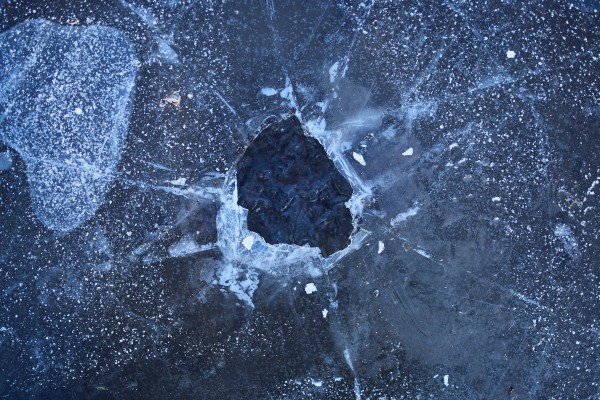Photo by Christian Englmeier on Unsplash
Nobody wants to read a story that jumps from one scenario to another without a proper build-up. Hence, it’s up to the authors to fix plot holes and clean their stories up.
Many authors might write fiction because it is the safest route. The genre is made up of invented and imaginative scenarios, which give authors enough space to experiment and skip the exhausting fact-checking and limiting narratives. These stories are built around strange and peculiar characters, unfolding in worlds and events that are exceedingly impossible and outlandish.
Fictional stories require authors’ wildest and the most atypical imagination to produce captivating stories that engage readers. Their charm relies on these writers’ willingness to step out of the box and dabble into the unusual and uncomfortable. However, while they’re primarily built around what doesn’t exist, this doesn’t automatically mean they can be written carelessly.
Every story’s plotline should still make sense and have continuity.
What Happens When Half-Way Through the Story Becomes Nonsensical?
Similar to how some readers hate encountering grammatical errors, no reader is forgiving about plot holes or incoherent stories. Going from one plot structure to another without a proper and logical link makes the experience unenjoyable. It takes readers away from their imaginations and back into the real world, where these flaws matter and make stories incomprehensible.
Such errors not only make sentences difficult to read but the whole narrative tricky to love.
This lack of cohesion is created by plot holes – punctures around the logic to which every compelling plot structure should be built. Whether their writing is fictional or based on a true story, authors must fix plot holes and ensure no inconsistencies make their stories undesirable. They must review their narratives and guarantee that every point connects with the others seamlessly and logically. Otherwise, it can be readers’ one-way ticket to putting the book down and never opening it again. If unaddressed, these plot holes decrease the story’s beauty.
However, while they’re detrimental to every narrative, plot holes are tricky to avoid.
In the Shadowed Stars book series by Steven Koutz, readers are welcomed to a massive fictional world encompassed within three books. Shadowed Stars is so intricate and complex that a single installment can’t capture its wholeness. Imagine how difficult it is for the author to ensure the story remains connected and coherent.
How Can Authors Fix Plot Holes?
For authors to fix plot holes, they must first identify these. After all, from the creator’s perspective, every gap might be justified, and every inconsistency is logical. It becomes challenging to point out which part of the narrative is incoherent. However, these holes can be recognized upon understanding how the story unfolds and immersing oneself in the world.
If authors reread their chapters and believe something’s amiss, something should be wrong. If the narrative is deemed unsatisfying from their perspective, then it would be logical to think it’s time to fix plot holes. No author wants to publish incomplete and uninteresting stories, so what should they do to fix plot holes? Here are some starters.
Spend Time Worldbuilding
Authors can be plotters and pantsers; there’s nothing wrong with it. However, one is more susceptible to plot holes between the two techniques. When authors write on a whim, they can overlook crucial details affecting their narrative. Instead of going head first into their stories, authors must think things through and build a solid structure and plot points for guidance.
Authors must establish their stories’ boundaries and rules to have a single line they can follow and limit possible mistakes to commit. To properly develop their narratives, they must thoroughly think of every detail to weave in their stories, their characters’ backstories, dynamics, and even the subtle ones. In keeping track of these, authors can keep their stories consistent, avoiding possible plot holes.
Provide a Solid Setup
Fictional worlds are entirely dependent on the author’s creativity. But the guidelines and mechanisms governing them must be well-established and rational – even if it’s only limited to their fictional world’s logic. They’re guaranteed to avoid plot holes when they’ve correctly described their characters and events, given their strengths and weaknesses and their world a well-established system.
This also ensures their world remains as complex and intricate as possible. It can pass as a real deal. Authors don’t want to give their readers the easiest route to events. Instead, they want to provide them with excitement and a mindboggling experience. By setting up the world in as much detail, they can create proper episodes and analytical challenges to resolve.
Avoid Continuity Errors
A typical plot hole authors experience concerns the narrative’s continuity. These errors occur when the story’s situations change without logical reason or explanation. It’s as if the author changed their mind mid-way through the story, regardless of how it influences what happened before the event. As much as these flaws may seem the most evident, they’re also the easiest to overlook. Hence, authors must keep a keen observation throughout their stories.
